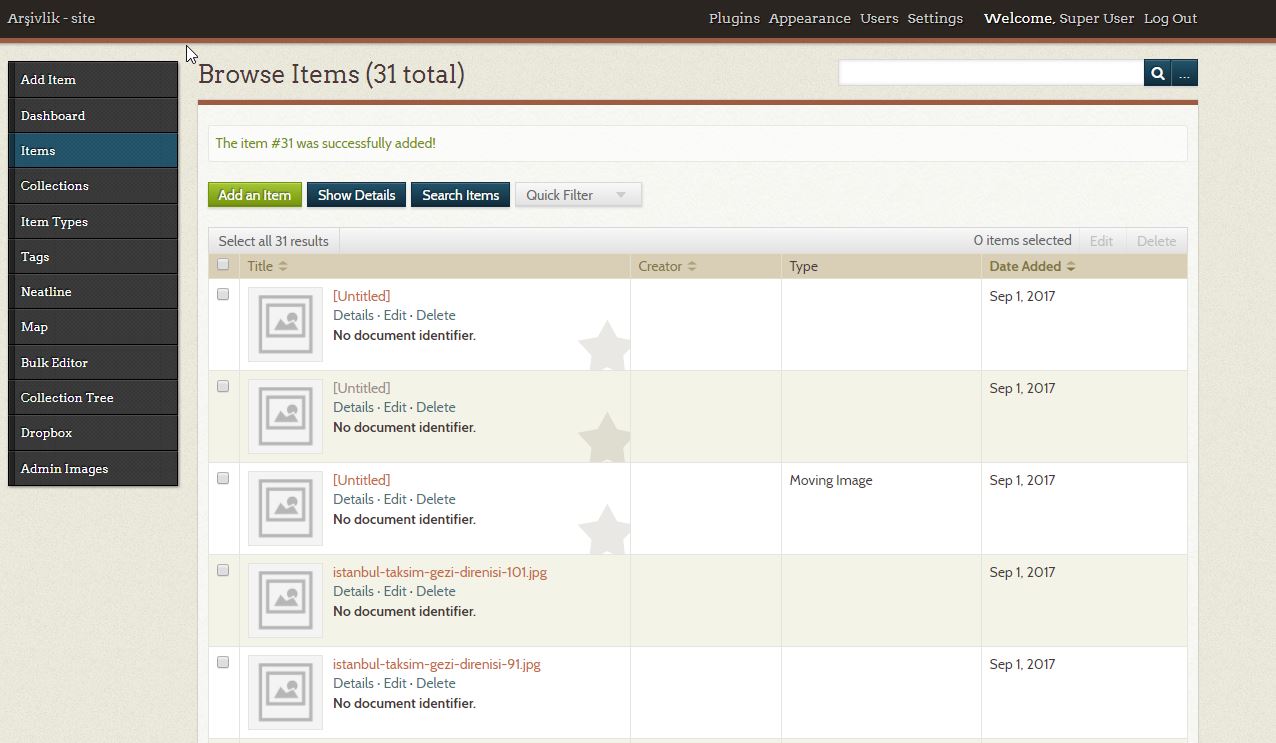

We said that RFs share some resemblance with bagging, but this is not the case of boosting.

Decision trees are only applicable within a supervised context. In contrast, pruning must be used with decision trees to avoid overfitting: this is done by achieving a trade-off between complexity (i.e., tree size) and goodness of fit (i.e., node impurity). It is also worth noting that RFs can be used in unsupervised as well as supervised mode. There are indeed two levels of randomization: first, we select a random subset of the available individuals, then we select a random subset of the predictors (typically, $\sqrt$ or $k/3$, for classification and regression, respectively).

Contrary to classical decision tree, there is no need to prune the trees (to overcome overfitting issues) because the RF algorithm takes care of providing bias-free estimate of test error rate. In short, RFs handles missing values and mixed type of predictors (continuous, binary, categorical) it is also well suited to high-dimensional data set, or the $n \ll p$ case. Why are RFs so attractive now? Basically, RFs retain many benefits of decisions trees while achieving better results and competing with SVM or Neural Networks. In short, we can apply some sort of bagging. Although I will not provide a working illustration to this specific question, we can still play with simple decision trees and shuffle the dataset onto which they are evaluated. Yet, there may be some cases where showing how trees are built and how similar they are might be of interest, especially for the researcher or physician who isn’t that used to ML techniques. Well, in essence the responses were that it is not very useful as a single unpruned tree is not informative about the overall results or classification performance. Some time ago, there was a question on about visualizing RFs output. Apart from summarizing some notes I took when reading articles and book chapters about Random Forests (RF), I would like to show some simple way to graphically summarize how RFs work and what results they give.


 0 kommentar(er)
0 kommentar(er)
